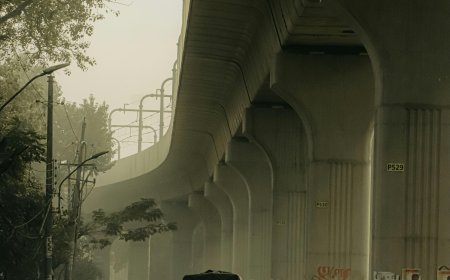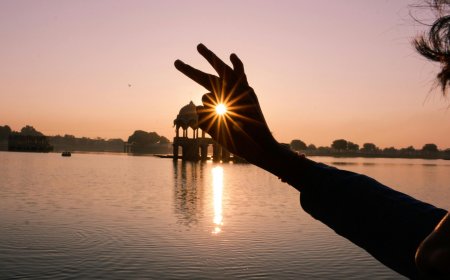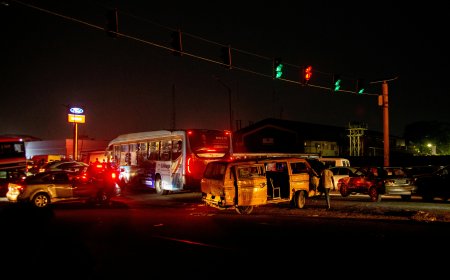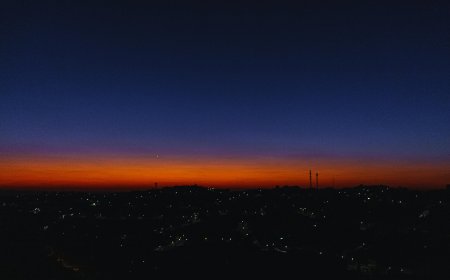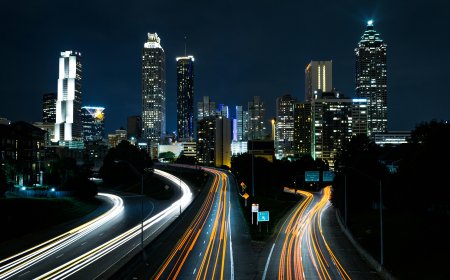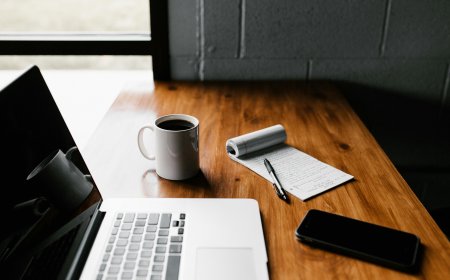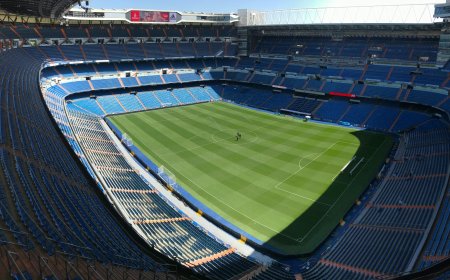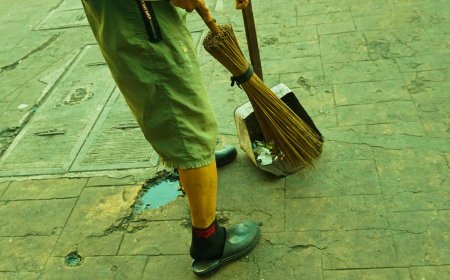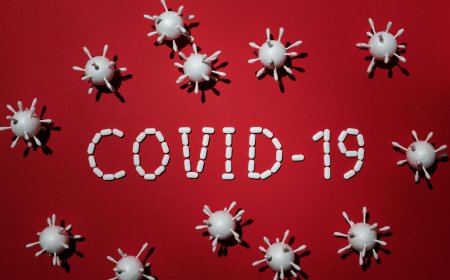Milan Design Week Redefines the Future of Luxury
Milan Design Week 2025 unveils bold visions of luxury, blending sustainability, technology, and timeless craftsmanship.
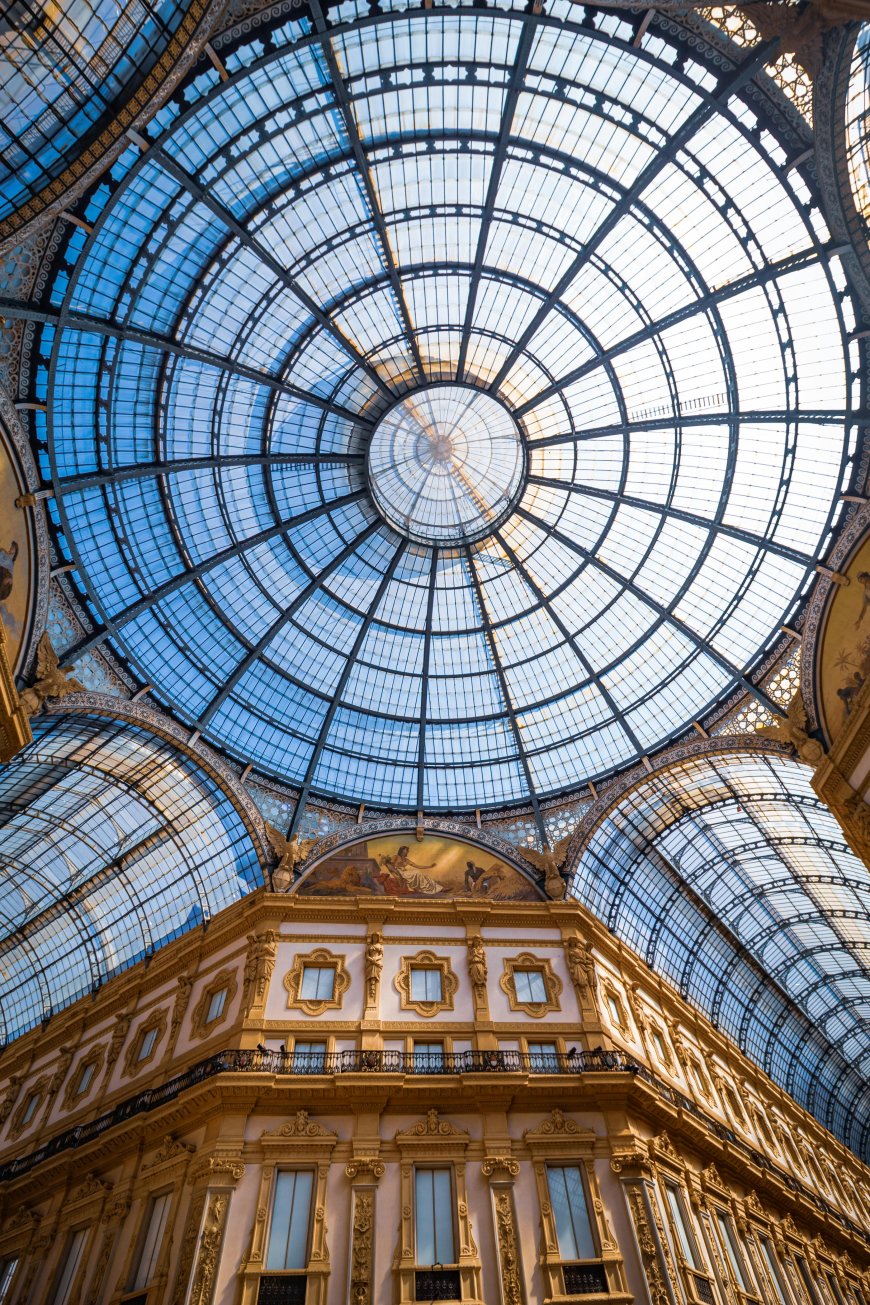
Milan Design Week has long been the global stage for creative reinvention. Each year, the city transforms into a living gallery where visionary designers, architects, and luxury houses reveal what’s next. But this year felt different. Beneath the dazzling displays and elaborate installations, one message was clear: the definition of luxury is shifting.
No longer bound solely to opulence and exclusivity, luxury is now about sustainability, personalization, and emotional connection. Milan became the canvas where the future of living—and the future of desire—was boldly sketched.
Sustainability Takes Center Stage
For decades, luxury was associated with rare materials and excess. This year, the narrative flipped. Exhibitors showcased how sustainability can enhance, rather than dilute, the allure of high-end design.
From furniture crafted with recycled marble dust to textiles dyed with natural pigments, the emphasis was on circular design. Several luxury brands even unveiled closed-loop systems, ensuring that products could be disassembled and reused without waste.
The shift is not merely symbolic. As affluent consumers in the U.S., UK, Canada, and Australia increasingly align their lifestyles with environmental values, luxury brands are racing to prove that status and sustainability can coexist.
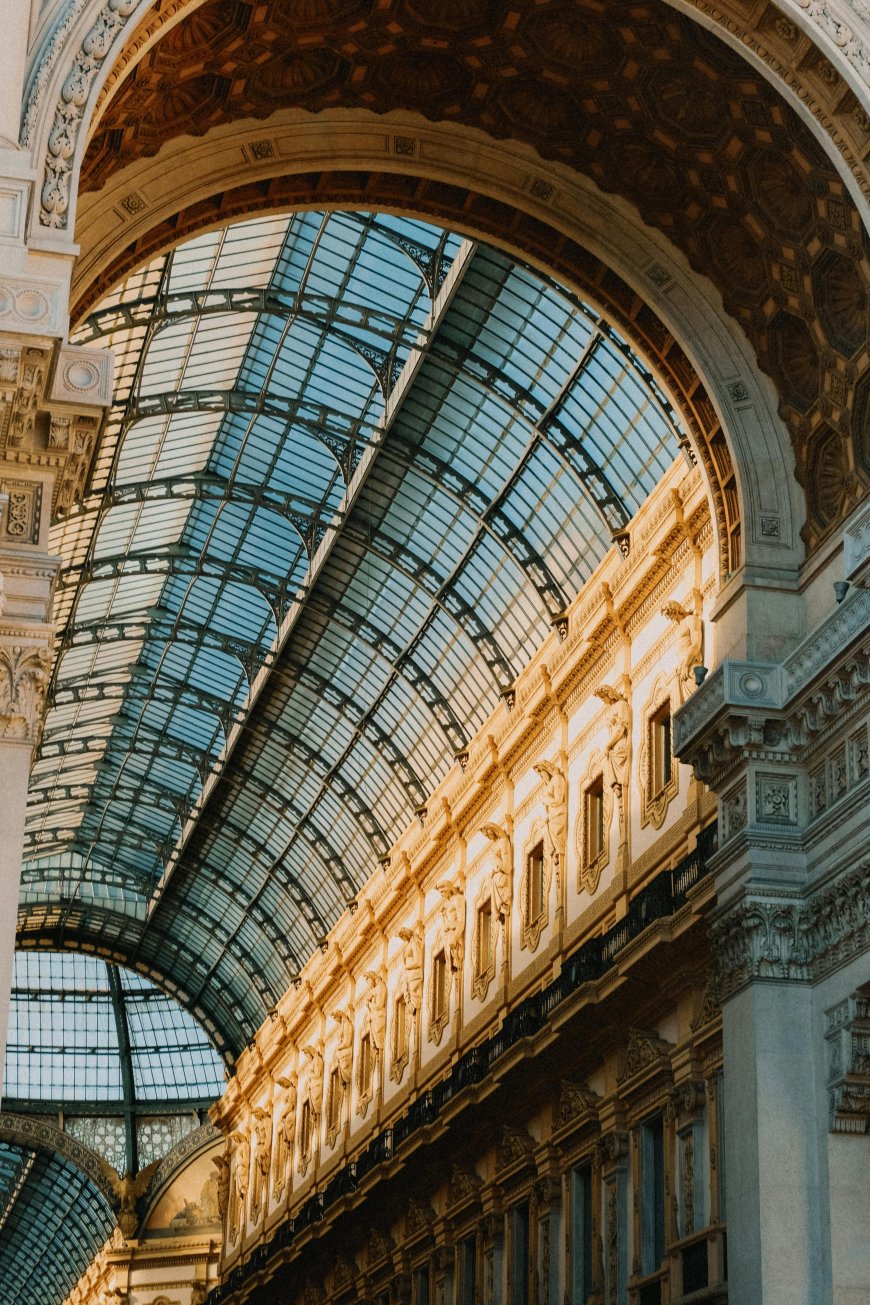
Technology Meets Craftsmanship
Another defining theme was the seamless integration of technology into traditional design. Milan’s palazzos and converted warehouses hosted pieces that looked handcrafted yet functioned like something from the future.
Highlights included:
- Smart furniture embedded with adaptive lighting and charging hubs.
- Digital textiles capable of changing patterns with a touch.
- AI-driven customization tools, allowing clients to co-create unique pieces.
This marriage of old-world craftsmanship with cutting-edge technology speaks to a new consumer reality: luxury is no longer passive—it’s interactive.
Storytelling: A Walk Through Brera District
One evening, as the sun dipped behind Milan’s terracotta rooftops, the Brera district came alive. Crowds spilled onto cobblestone streets, drawn by the glow of installations tucked into historic courtyards.
Inside one gallery, a sculptural sofa seemed to float, illuminated by soft projections of shifting skies. A curator leaned in and whispered: “It’s made from ocean plastics, but designed to last a lifetime.”
Nearby, a young couple from London paused, phones in hand, debating whether this was art, furniture, or both. That moment captured the spirit of Milan Design Week—luxury that tells a story, sparks debate, and lingers in memory.
The Rise of Experiential Luxury
Beyond objects, Milan showcased a growing appetite for experiences. Luxury is no longer confined to what one owns but extends to how one feels.
Several brands abandoned traditional product launches in favor of immersive journeys:
- A fragrance house recreated the scent of ancient forests in a sensory dome.
- A watchmaker presented its latest collection through an augmented reality installation.
- A furniture brand invited visitors to co-design their own pieces using VR.
These experiences underscored a key shift: the luxury consumer craves connection, not just consumption.
Global Luxury Trends Shaping the Market
Milan Design Week also reflected wider global shifts in how luxury is defined:
- Personalization is paramount: From bespoke interiors to tailored fashion, exclusivity now means individuality.
- Health and wellness are central: Luxury homes and products increasingly integrate biophilic design, air purification, and wellness-focused elements.
- Cross-industry collaborations: Designers are partnering with tech companies, artists, and even scientists to push boundaries.
These trends indicate that the luxury market is becoming more dynamic, fluid, and future-facing than ever before.
The Business Behind the Beauty
While the week dazzled with creativity, it also carried weighty implications for the luxury industry. With rising demand in Tier-1 countries and a growing Gen Z clientele, brands are under pressure to innovate responsibly.
Investors and strategists note that Milan Design Week is not just a cultural event—it’s a barometer of market direction. This year’s emphasis on sustainable luxury and experiential design signals where capital, research, and consumer dollars are heading next.
Conclusion: A Future Shaped by Purpose
Milan Design Week 2025 made one truth clear: the future of luxury will not be defined by gilded surfaces or fleeting trends, but by purpose, innovation, and emotion.
For consumers in the U.S., UK, Canada, and Australia, this means luxury will increasingly look like sustainable homes, immersive experiences, and personalized creations that reflect not just wealth, but values.
Milan reminded the world that true luxury is not only about beauty—it’s about meaning. And in that, the future looks brighter, bolder, and more human.
FAQs
1. What was the main theme of Milan Design Week 2025?
The event highlighted sustainable luxury, merging eco-conscious materials with high-end design.
2. How is technology influencing luxury design?
Technology is enabling interactive experiences, customizable products, and smart living solutions integrated into traditional craftsmanship.
3. Why is Milan Design Week important for global luxury markets?
It serves as a trendsetter, influencing consumer expectations and guiding brand strategies worldwide.
4. What role does sustainability play in luxury now?
Sustainability has become central, redefining status as responsibility and craftsmanship rooted in longevity.
5. How is luxury shifting beyond products?
Experiential luxury—immersive events, digital design, and personalized services—is becoming as important as physical goods.
What's Your Reaction?
 Like
1
Like
1
 Dislike
0
Dislike
0
 Love
0
Love
0
 Funny
0
Funny
0
 Angry
0
Angry
0
 Sad
0
Sad
0
 Wow
0
Wow
0




